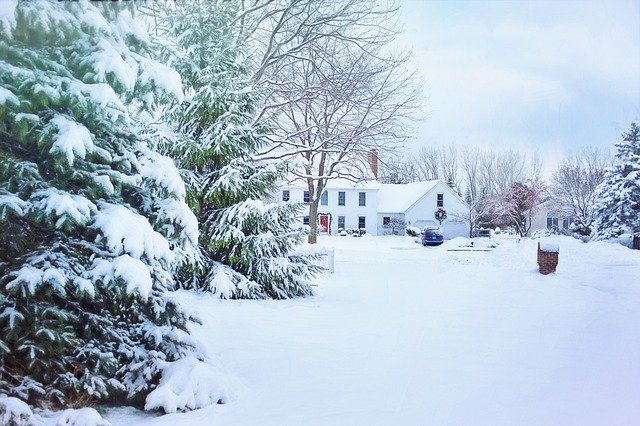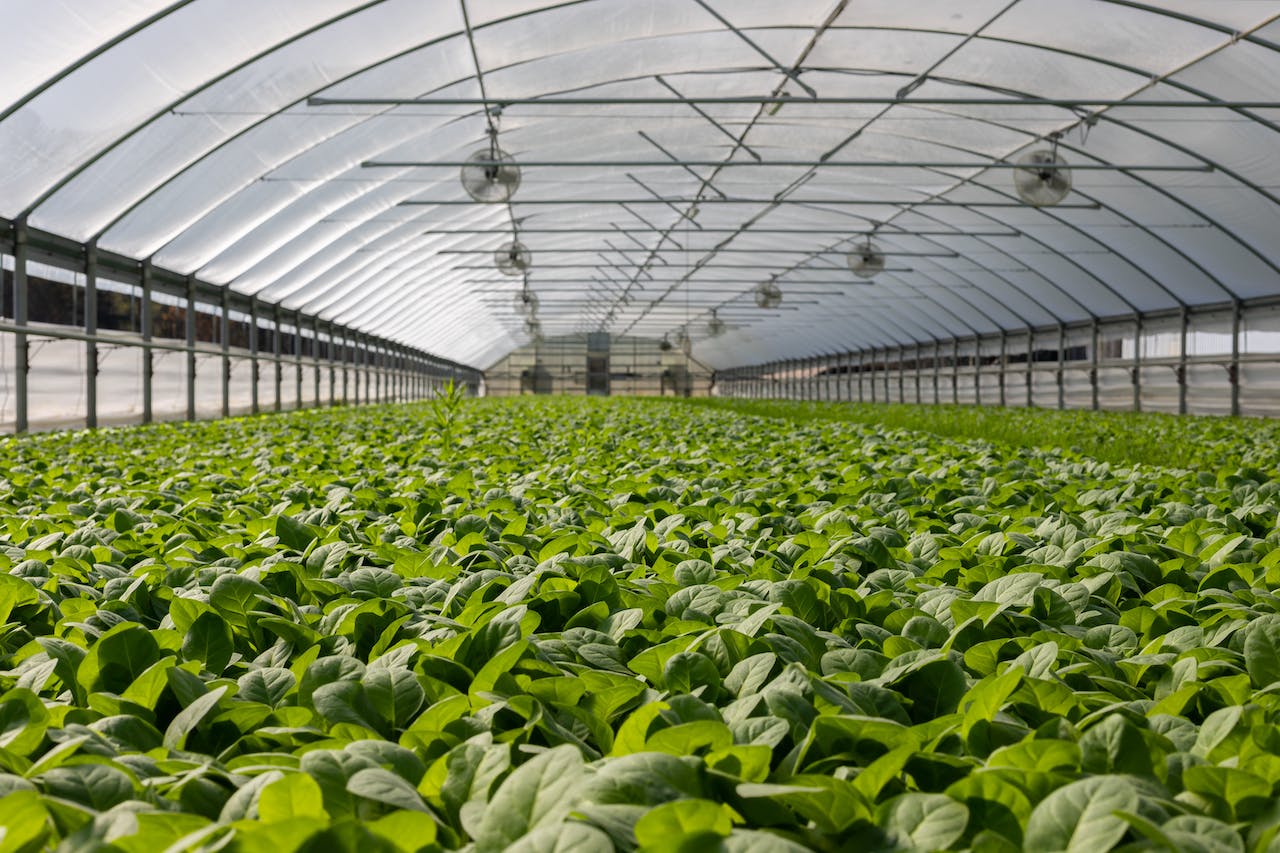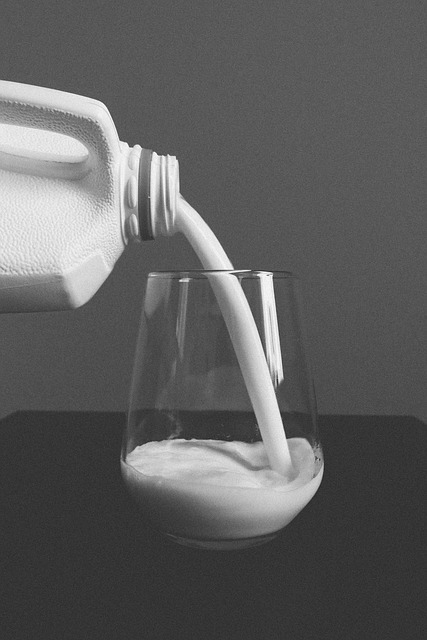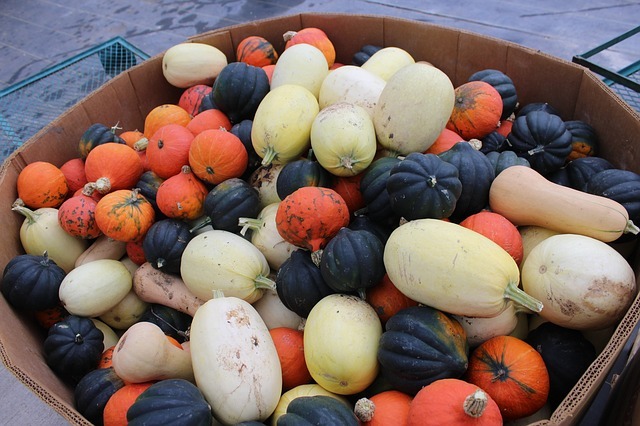Preparing Your Homestead for Winter: Must-Do Tasks
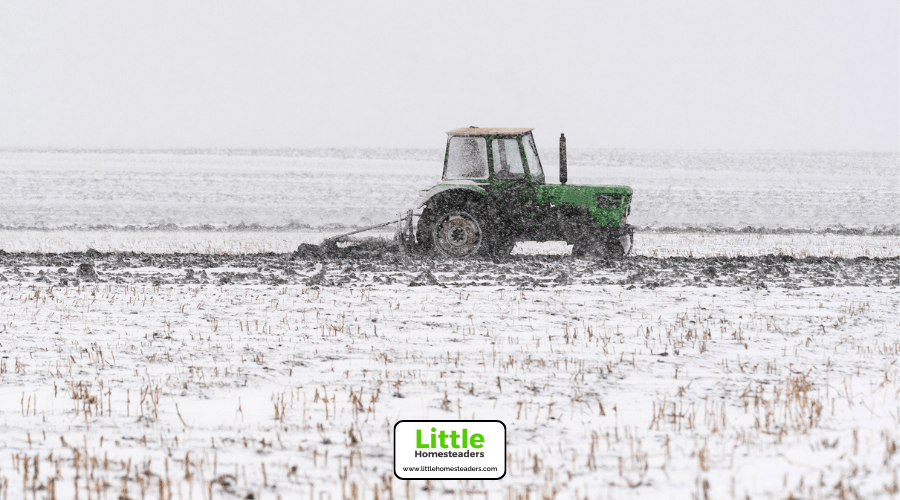
As the days grow shorter and temperatures start to drop, it’s time to gear up for winter. Preparing your homestead for the cold months might seem like a daunting task, but a proactive approach ensures safety, comfort, and self-sufficiency throughout the season. From safeguarding your home and animals to preserving food and preparing for emergencies, this comprehensive guide will help you tackle the essential tasks step by step.
Winterizing Home and Infrastructure
Winter can be tough on your home, but a little effort now can save you from costly repairs later. A well-prepared infrastructure ensures your home remains functional, energy-efficient, and protected from the elements.
Insulate Water Pipes
Uninsulated pipes in unheated spaces like basements, attics, and crawl spaces are prone to freezing. When water freezes, it expands, and this can cause pipes to burst, leading to costly repairs and water damage. Wrap pipes with foam insulation or heat tape to prevent freezing. For added protection, consider using pipe sleeves or even electric pipe-heating cables in extremely cold areas. Don’t forget outdoor faucets—shut off their water supply and cover them with insulated faucet covers.
Clean Gutters and Downspouts
Clogged gutters can cause ice dams, which may damage your roof and lead to leaks inside your home. Clear leaves, twigs, and other debris from gutters and downspouts to ensure proper drainage. Check that your downspouts direct water away from your foundation to avoid pooling and potential freezing at the base of your home. This small but essential task can save you from dealing with severe water damage in the middle of winter.
Trim Trees and Shrubs
Winter storms can wreak havoc on overgrown branches. Trim any limbs near power lines, your roof, or windows to prevent power outages and property damage. While trimming, inspect trees for weak or diseased branches that might break under the weight of snow or ice. Healthy trees are less likely to pose a hazard during extreme weather, so routine maintenance is key.
Protect Garden Beds
Garden beds need extra care to survive winter. A thick layer of mulch—about 2 to 4 inches—insulates plant roots and keeps the soil temperature stable. For more delicate plants, consider setting up temporary covers using burlap, frost cloth, or even upside-down buckets. If you have potted plants, move them to sheltered areas where they’ll be less exposed to freezing winds.
Store Outdoor Hoses
Drain hoses and store them indoors to prevent freezing and cracking. Residual water inside hoses can freeze, expand, and cause permanent damage. Additionally, shut off and drain outdoor water spigots if possible, especially in areas prone to freezing temperatures.
Inspect Winter Equipment
Before the first snow hits, check your snow shovels, snowblower, and ice melt supply. Test generators to ensure they’re in working condition and ready to provide backup power during outages. Stock up on sand or gravel to add traction to slippery driveways and walkways. Having functional equipment on hand will save you time and stress when winter weather strikes.
Animal Care and Shelter
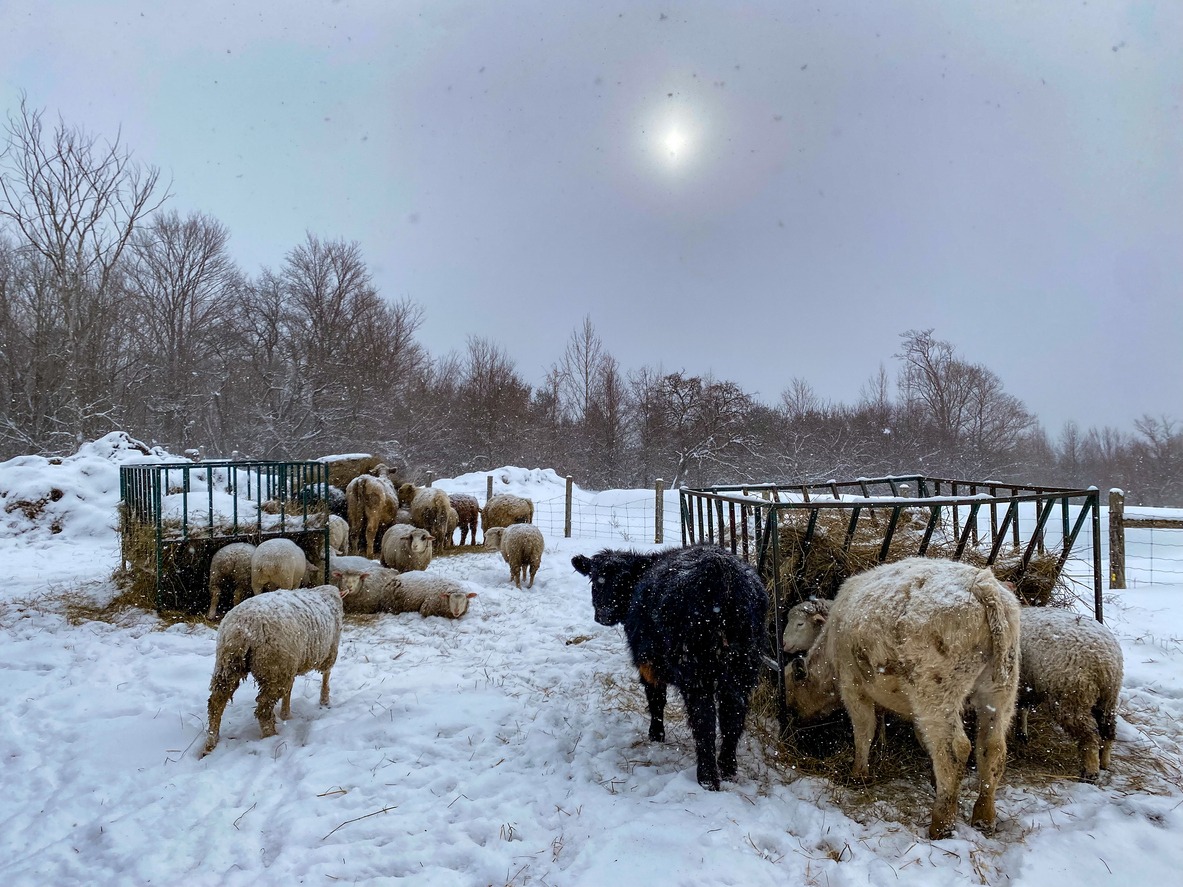
Your animals rely on you to keep them warm and safe during winter. Proper care ensures their health, productivity, and overall well-being throughout the season.
Insulate and Ventilate Shelters
A balance between warmth and ventilation is crucial to prevent respiratory issues. Patch drafts in shelters with weather-resistant materials like heavy-duty plastic sheeting, but ensure proper airflow to avoid moisture buildup. Damp environments increase the risk of respiratory infections, so aim for dry, insulated spaces that are free of drafts but not completely sealed off.
Provide Extra Bedding
Line stalls and shelters with deep bedding such as straw or wood shavings. This not only provides insulation but also keeps animals comfortable. Replenish bedding regularly to maintain cleanliness and prevent dampness, which can lead to health issues like hoof problems in livestock.
Adjust Feed Rations
As temperatures drop, animals burn more calories to stay warm. Gradually increase their feed, focusing on high-energy options like hay and grains. Animals with higher metabolic rates, such as goats or poultry, may require even more adjustments. Consult a veterinarian or livestock expert to determine the best dietary changes for your specific animals.
Ensure Access to Water
Frozen water is a common winter challenge. Use heated waterers or invest in water heaters designed for livestock tanks. Alternatively, check water supplies multiple times a day to keep them thawed. Hydration is just as important in winter as it is in summer, as animals need water to maintain body heat and overall health.
Watch for Frostbite and Hypothermia
Monitor your animals closely for signs of frostbite (pale or discolored extremities) or hypothermia (shivering, lethargy, or stumbling). Small animals and those with thin fur or exposed skin are particularly vulnerable. Take immediate action if you notice these symptoms, such as bringing animals indoors or using warming blankets.
Maintain Cleanliness
Winter often means confined spaces, which can lead to increased disease risk. Clean and disinfect shelters regularly to keep your animals healthy. Pay attention to ventilation and drainage to avoid the buildup of waste, which can harbor bacteria or parasites.
Garden and Orchard Preparations
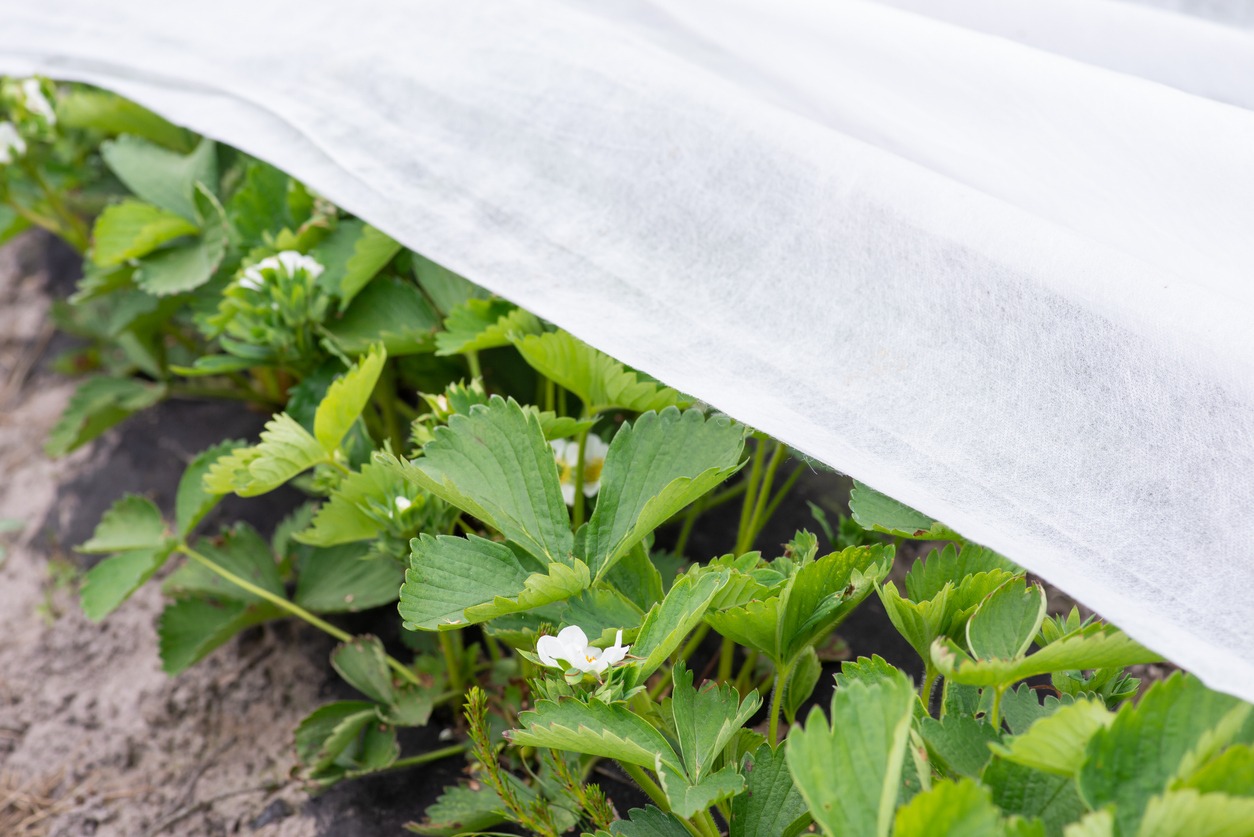
Your garden and orchard may go dormant in winter, but the right preparations now will set you up for a thriving spring. Taking care of these spaces during the colder months ensures that plants are protected and pests are kept at bay.
Clear Garden Debris
Remove dead plants, weeds, and organic matter from garden beds to prevent pests and diseases from overwintering. Healthy plant material can be composted, while diseased material should be discarded to avoid contaminating the soil.
Divide and Relocate Perennials
Some perennials benefit from division to encourage healthy growth. Plants like hostas, daylilies, and irises can be divided before the ground freezes. If you need to move any plants, do so early enough to allow them to establish roots in their new location.
Protect Tender Crops
Extend the growing season of certain vegetables by constructing simple hoop houses or using frost blankets. Hardy greens like kale and spinach can thrive under these covers well into winter. If you’re in a milder climate, you might even be able to harvest fresh produce throughout the season.
Prune and Mulch Orchard Trees
Inspect your orchard for damaged or diseased branches and prune them away. This prevents further spread of disease and reduces the risk of branches breaking under the weight of snow. Apply a layer of mulch around the base of trees to protect roots from freezing temperatures, but keep it a few inches away from the trunk to prevent rot or pest infestations.
Food Preservation and Storage
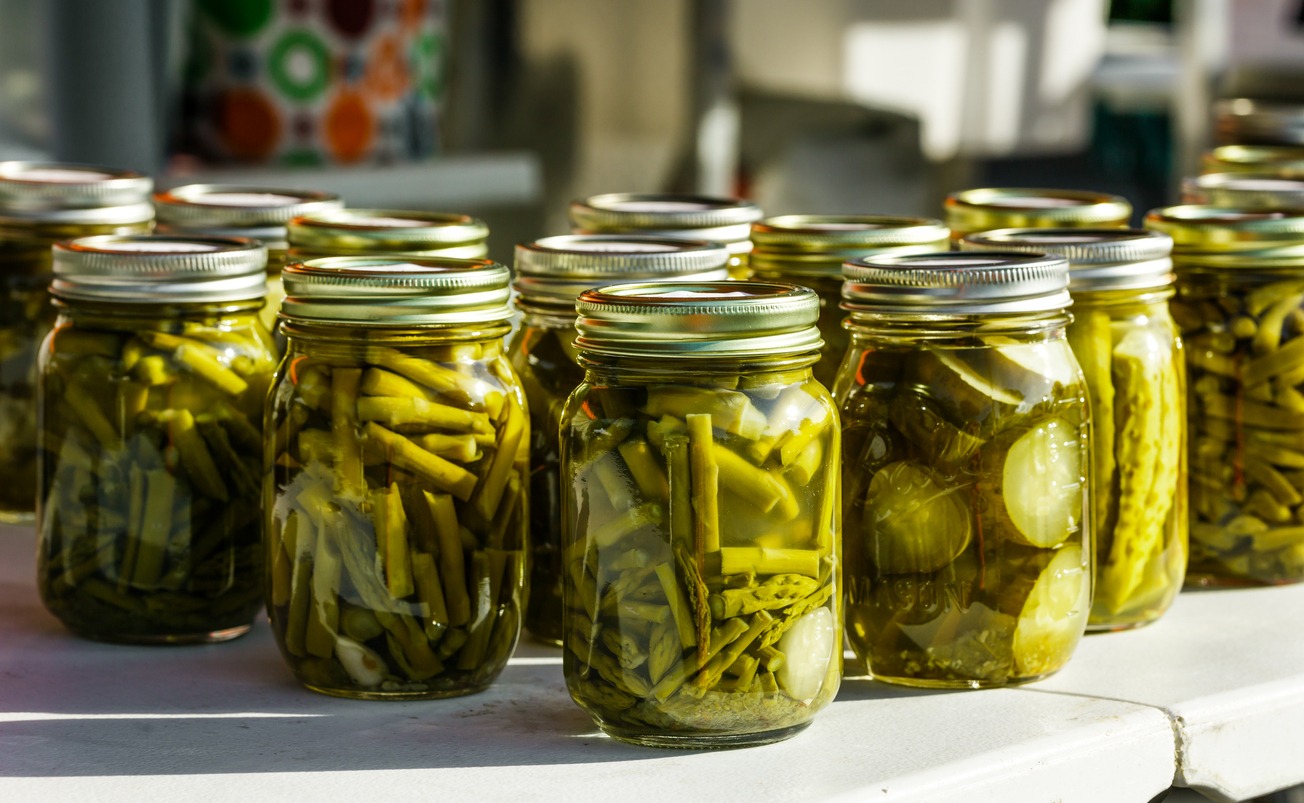
A well-stocked pantry is the backbone of a self-sufficient homestead. Preserving your harvest ensures you’ll have access to nutritious, flavorful food all winter long.
Canning
Preserve fruits, vegetables, and even meats through a water bath or pressure canning. Follow tested recipes from trusted sources to ensure safety and long shelf life. Canned goods are not only practical but also a comforting reminder of your summer harvest.
Dehydrating
Dehydrating fruits, vegetables, and herbs is a space-saving preservation method. Dried goods are lightweight and versatile, making them perfect for soups, teas, or snacks. Store dehydrated foods in airtight containers or vacuum-sealed bags to maintain freshness.
Freezing
Blanch and freeze vegetables to lock in nutrients and flavor. To prevent freezer burn, invest in high-quality vacuum-sealed bags or containers. Label and date your frozen items for easy organization and rotation.
Fermentation
Fermented foods like sauerkraut, kimchi, and pickles not only last through winter but also provide gut-healthy probiotics. Fermentation is a simple yet rewarding preservation method that enhances both flavor and nutrition.
Rendering Fats
If you raise animals, rendering fats like lard or tallow can provide a versatile cooking and baking ingredient. These fats are also useful for making homemade soap, candles, or skin balms.
Emergency Readiness and Planning
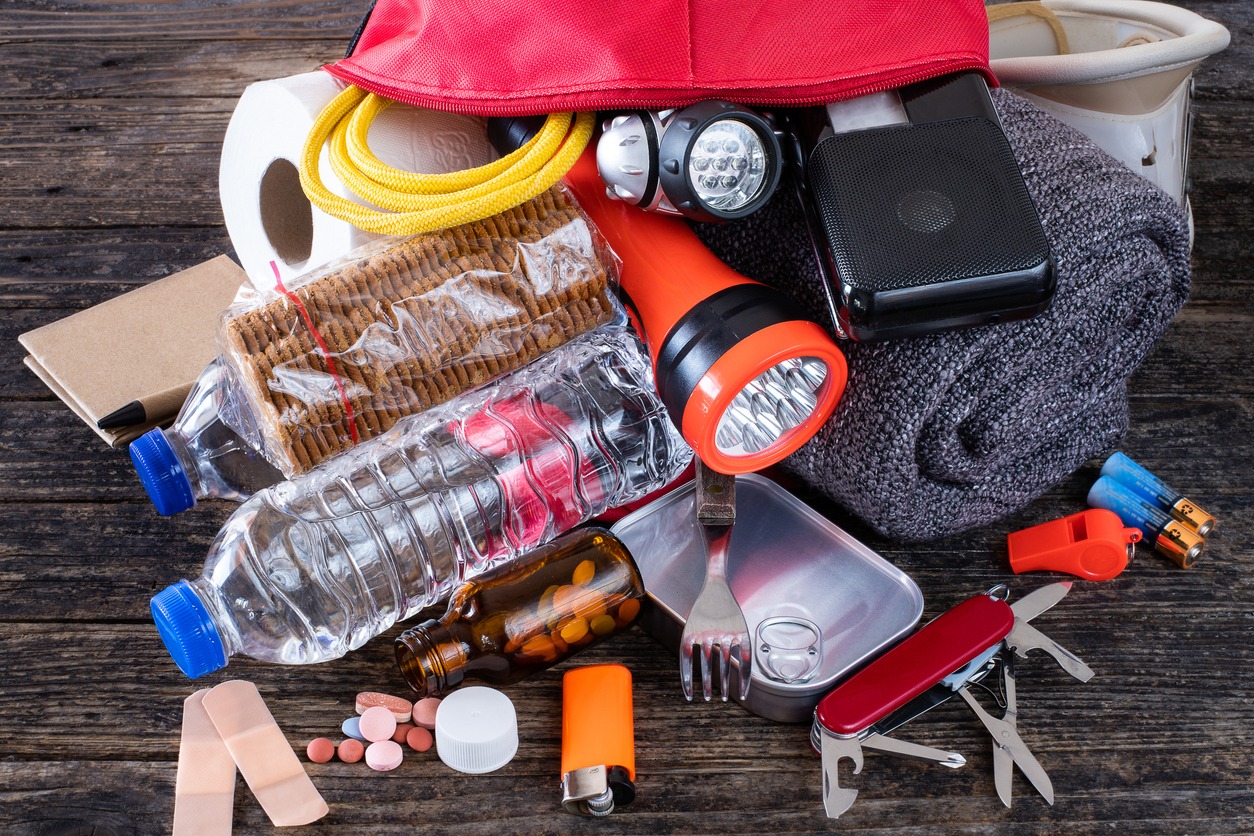
Winter can be unpredictable, so it’s wise to prepare for the unexpected. A solid emergency plan can make all the difference when facing harsh conditions or unexpected challenges.
Assemble an Emergency Kit
Stock your kit with essentials such as:
- Flashlights and extra batteries.
- A first aid kit with all necessary supplies.
- Emergency blankets and hand warmers.
- A hand-crank or battery-powered radio.
- Non-perishable food and bottled water.
- Backup power banks for electronics.
Inspect Your Property
Walk around your property and identify potential hazards. Address issues like overhanging tree limbs, unstable structures, or uninsulated pipes. Taking preventive measures now can save you from emergencies later.
Plan for Power Outages
Have a backup power source ready, such as a generator or solar-powered device. Keep plenty of fuel or backup batteries on hand. Familiarize yourself with safe generator use to avoid carbon monoxide poisoning.
Establish Communication Plans
Discuss emergency protocols with your family and neighbors. Create a clear plan for staying in touch during severe weather events, including designated meeting points if needed.
Conclusion
Preparing your homestead for winter may seem like a long to-do list, but tackling these tasks early can save you from unnecessary stress and expense. Whether you’re insulating pipes, caring for livestock, or preserving your harvest, every effort contributes to a safe and comfortable winter.
Start with the most critical tasks and work your way through the list. By the time winter fully sets in, you’ll be ready to face its challenges with confidence and peace of mind. Remember, preparation isn’t just about surviving the season—it’s about thriving through it.

